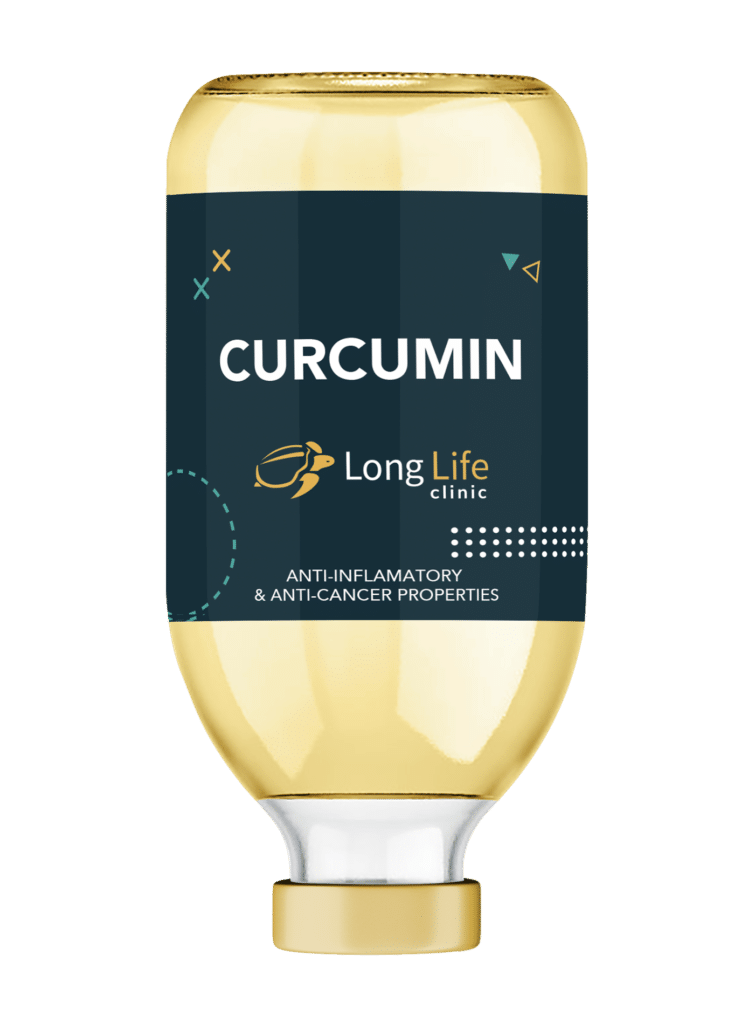
Anti-Inflamatory & Anti-Cancer Properties
Curcumin
One of the oldest food additives is the spice turmeric and the curcumin it contains. These curcuminoids give the spice its intense yellow color.
Turmeric has been consumed in Asia in a variety of foods since immemorial times, but is also applied locally to wounds and diseased skin as a healing substance, including for reactive skin symptoms such as inflammation and rashes.
This treatment is only available under individual medical assessment and prescription.
Anti-inflammatory
Many studies conducted on cell cultures, animals and humans show that turmeric inhibits inflammatory signalling pathways in the body, but at the same time also activates anti-inflammatory signalling pathways.
This is the reason why inflammatory processes in the body are positively influenced and thus chronic diseases associated with inflammation, such as Alzheimer’s, allergies, vascular diseases and cancer, can also be tackled.
Why intravenous instead of oral?
The use of curcumin is unfortunately limited by two main properties: The intensive yellow color makes it unsuitable for local application as a cream on the skin, as it is immediately apparent, unsightly and stains clothing.
What is more, curcumin is not absorbed in sufficient quantities in the gastrointestinal tract after oral administration for it to reach internal organs.
This is why the best way to absorb curcumin is when it is administered intravenously.
FAQ
IV drips can last anywhere from 15 minutes to 90 minutes.
IV infusions deliver vitamins directly into the bloodstream, allowing rapid absorption. Suitability depends on individual health status and medical advice.
Coverage may vary depending on your provider and the purpose of the therapy. Please consult with your insurance company or doctor.
